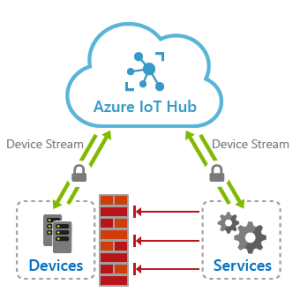
When” width=”320″ height=”291″>
Building an energy-efficient computer
Introduction
In today’s digital age, energy efficiency has become a paramount concern for both individuals and businesses. With the constantly evolving technology landscape, building an energy-efficient computer has become increasingly essential. Not only does it help reduce our carbon footprint, but it also saves money in the long run. In this article, we will explore some key strategies to build an energy-efficient computer that will meet your computing needs while conserving energy.
Choosing energy-efficient components
When it comes to building an energy-efficient computer, the choice of components plays a vital role. Opt for Energy Star-certified products, including motherboards, processors, graphics cards, and power supplies. These components are designed to meet stringent energy efficiency standards and consume less power without compromising performance.
Power supply considerations
The power supply unit (PSU) is the heart of a computer’s energy consumption. To maximize energy efficiency, select a PSU with a high efficiency rating, such as 80 PLUS Gold or Platinum. These PSUs convert more of the AC power they draw from the wall outlet into DC power for your computer, minimizing energy wastage in the form of heat.
Efficient cooling solutions
Proper cooling is crucial for a computer’s performance and energy efficiency. Invest in high-quality cooling solutions such as advanced CPU coolers and case fans. These components efficiently dissipate heat generated by the computer, preventing thermal throttling and extending the lifespan of your hardware. Additionally, consider utilizing liquid cooling systems, which can be more efficient than traditional air cooling solutions.
Storage and memory considerations
Consider utilizing solid-state drives (SSDs) instead of conventional hard disk drives (HDDs). SSDs consume significantly less power, offer faster read/write speeds, and are more resistant to physical damage. Additionally, opt for memory modules with lower voltage requirements to further reduce power consumption.
Software optimization
Efficient software usage is just as important as hardware selection. Ensure that your operating system, drivers, and applications are regularly updated to take advantage of improved energy management features. Enable power-saving options and configure your computer to enter sleep or hibernation mode when inactive for extended periods. Uninstall unnecessary software and disable background applications and services that consume excessive resources.
Designing an optimized airflow
Proper cable management and well-designed airflow can make a significant difference in energy efficiency. Organize cables inside the computer case to avoid obstruction and promote optimal airflow. This helps prevent overheating and unnecessary strain on cooling components, enabling them to operate more efficiently. Furthermore, positioning your computer in a well-ventilated area and away from direct sunlight contributes to maintaining lower operating temperatures.
Monitoring energy consumption
Implementing energy monitoring tools allows you to accurately track and analyze the power consumption of your computer. Various software applications let you monitor energy usage in real-time, helping identify any inefficiencies or power-hungry applications. By being aware of your computer’s energy consumption, you can make informed decisions to optimize its performance and reduce unnecessary power usage.
Conclusion
Building an energy-efficient computer is not only environmentally friendly but also economically advantageous in the long term. By carefully selecting energy-efficient components, optimizing software usage, and designing proper cooling and airflow solutions, you can significantly reduce energy consumption without sacrificing performance. Remember, every small step towards energy efficiency counts, and building an energy-efficient computer is a valuable contribution in the quest for a greener future.
Disclaimer: This article is for informational purposes only. The information provided here should not replace professional advice.

